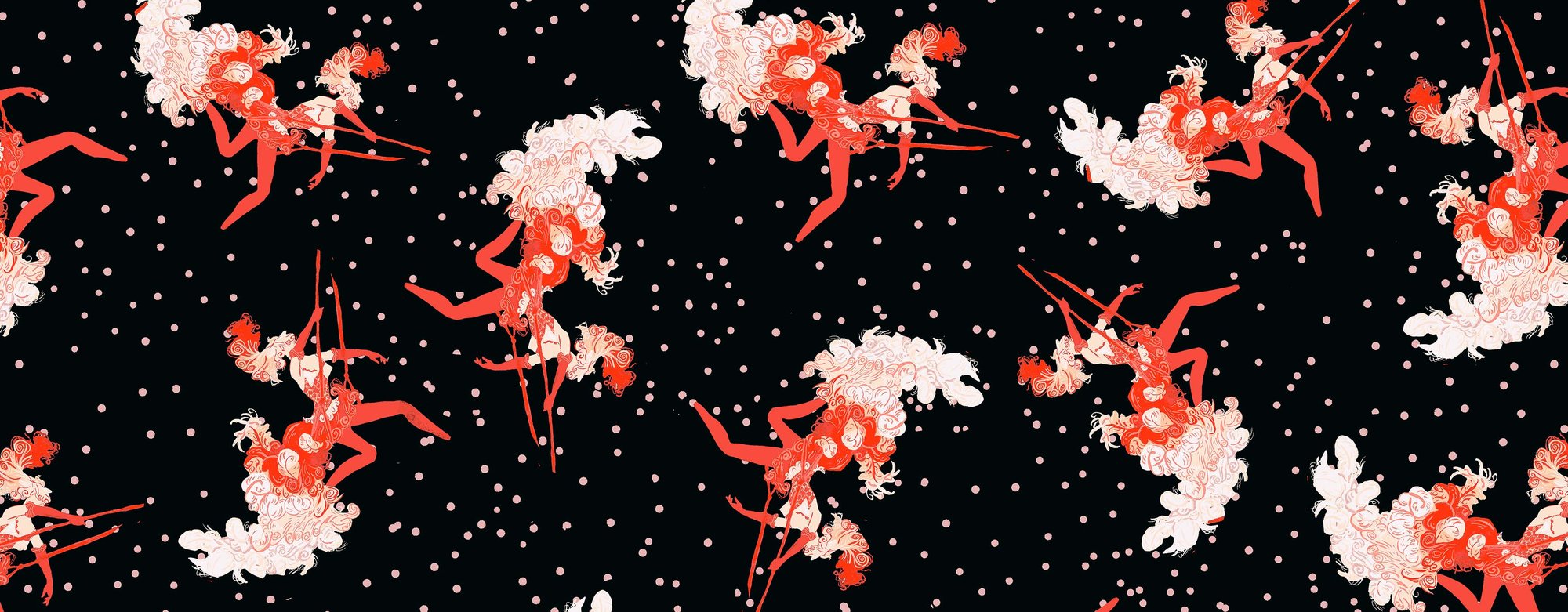Craft_CanCan_Europe

CANCAN
CANCAN
We Can-Can and We Will!
Popularized in the 1840s, can-can dancing is a spirited genre of dance, usually accompanied by elaborate, feathery costumes and upbeat music. Its origins are mostly unknown, but when it arrived on the scene, it inspired controversy since it was coupled with revealing outfits and performed only in cabarets. Despite the public's mixed opinion, the art of can-can inspired many of the painters that defined the post-impressionist movement in France.
The French artist Henri de Toulouse-Lautrec famously gravitated to the energy of this dance. One of his most recognizable lithographs, titled "La Troupe de Mademoiselle Églantine" announces the performance of a cabaret troop's performance in London. Similarly, Georges Seurat created "Le Chahut", which means "the can-can" in 1890—one of his most studied pieces to date.
Our Dancers' print channels the raucous energy of French cabarets in the late 19th century. It portrays a can-can dancer with a feathered headpiece swinging through specks of confetti. Like the era in which the dance form started, it is playful and extravagant, but paired with practical textiles and an easy-to-style color palette, it becomes a effortless way to add some celebration to our day-to-day looks.
The French artist Henri de Toulouse-Lautrec famously gravitated to the energy of this dance. One of his most recognizable lithographs, titled "La Troupe de Mademoiselle Églantine" announces the performance of a cabaret troop's performance in London. Similarly, Georges Seurat created "Le Chahut", which means "the can-can" in 1890—one of his most studied pieces to date.
The French artist Henri de Toulouse-Lautrec famously gravitated to the energy of this dance. One of his most recognizable lithographs, titled "La Troupe de Mademoiselle Églantine" announces the performance of a cabaret troop's performance in London. Similarly, Georges Seurat created "Le Chahut", which means "the can-can" in 1890—one of his most studied pieces to date.
